Valencia Life visited Mercat Central early one morning to learn how fresh produce is brought from Albufera and La Huerta straight for sale. Paul and Dani learnt all about local produce, culture, and history. Why do people even bother with chain grocery stores when we have such a wealth of produce on the doorstep? Daniel Hazelhoff reports, pictures by Paul Knowles
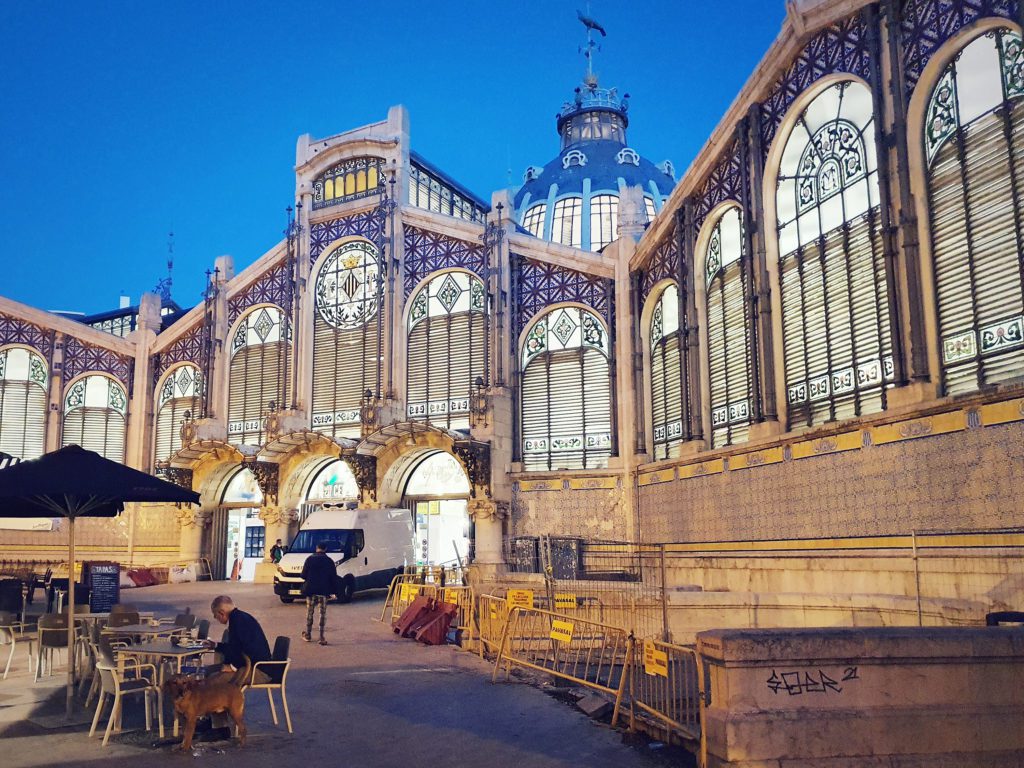
Just before sunrise, I meet up with our photographer, Paul Knowles. We had planned to sample some fresh produce at the largest market in Valencia, Mercat Central, which opened in March 1928 and is one of the primary examples of Valencia’s Art Nouveau architecture. Already at the entrance, we can hear the buzz and jocular chatter of stall owners, with virtually no customers roaming about the market just yet. I would recommend you visit the market at around 8:00 am; the vendors are more than happy to talk about their products, each having their own story and history, and all of their attention, at this time, is for you. Few places in our modernising world hold a place for this type of social interaction through purchase, and there’s a deeper connection to be had with one’s food, and those who purvey it.
Valencia’s finest produce all on show
Motivated by our senses, we first followed our noses and found ourselves at one of the many cheese stalls. The salesperson cheerfully spoke to us about the regional cheeses and explained that at the moment, she’s out of one of her favourite products, a cheese from Requena. She explained that this cheese had recently sold out at a food festival, and supply was low, due to a low milk yield from the farm. She proceeded to show me an assortment of local cheeses from La Comunidad Valenciana, and explained how their quesos frescos/quesos blancos (fresh cheese) can only be sourced from La Comunitat Valenciana, due to its freshness and short shelf life, Queso Fresco indeed seems an apt name. We were recommended the local brand Catí, as they make both goat and cow cheese varying in strengths and texture. We couldn’t pass them up without sampling.
Don’t forget the rice vendor at Mercat Central
As we strolled around the awakening market, we saw a stall displaying a vast array of olives. There were of course, different shades of green, but curiously with purples and oranges, too. My curiosity got the better of me and I asked why some types of olives had such different hues. The kind lady at the stall chuckled at me like a teacher to a student who asked an obvious question, as she explained that olives are mostly locally gathered, and indeed, they come in different blacks and greens, but the more extravagant colours came from their seasoning and dressing. A particularly interesting olive was in a curry, giving the olives an orange tincture.
What would a trip to the Valencian central market be without a visit to the rice vendor? Most of the rice in this stall hails from Valencia, specifically la Albufera, our wetlands and home to the majority of our rice production. She had over ten types of rice, of which only two were not from Valencia. A standout product was definitely the fat, medium grain bomba, typically used for Valencian paella. Thanks to its high starch content and absorption capabilities, it’s a grain that captures flavour exceptionally.
Oranges and mandarins are sold with the stem and leaves still intact, she says. I ask why. “Because this is proof of freshness!” she says. “If the leaves are not dry and still green, they must have been picked recently, if not the leaves fall off and the stem grows dry, and the lie becomes evident…”
From Albufera to La Huerta
Next, we stopped off to talk to a lovely farmer about his Valencian tomatoes, an absolute must. He explained that the Valencian tomato used to be a summer season vegetable, however now they’re able to grow it all year around. The sheer size of these things is incredible, and he insists the best way to eat them is to slice them in half, or quarters, salt, and olive oil, nothing more, nothing less. Being an avid radish fan, I was curious about a particular variety he was selling, a longer, thinner type. He explained that he is one of the only farmers in the area still growing these types of radishes, so of course, I had to buy a few bunches…
Still in the realm of La Huerta, we stumble across some recently picked mushrooms. The foraging season is upon us and it shows, with six different types of wild mushrooms still lightly covered in earth standing out from the farm-grown, with their wild shapes, and interesting colours, all locally picked.
We happen upon a snail vendor, Juan. He explains very clearly that one of the only commercially bred snails is El Moro. Most other snails are painstakingly picked by hand, with the Valencian favourite being La Xoneta. El Moro being the most popular snail in Spain as a whole. As difficult as hand picking snails sounds, Juan assured me it can be rather lucrative.
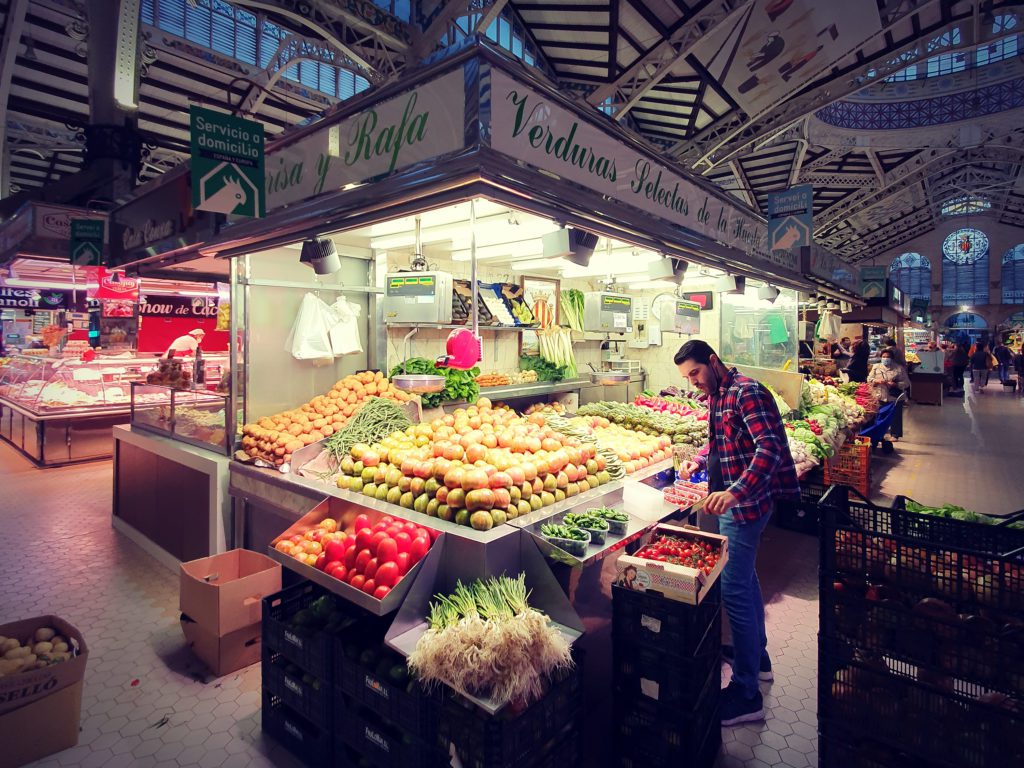
Going to Central Market is a ritual
I remember reading an article recently, stating that some Egyptian oranges were being sold as Valencian oranges. So spotting a fresh orange and mandarin stall I asked the seller about the situation. She expressed the pain she feels, as a local grower and vendor, however, she has a trick up her sleeve. Oranges and mandarins come with the stem and leaves still intact, she says. I ask why.
“Because this is proof of freshness!” she says. “If the leaves are not dry and still green, they must have been picked recently. If not the leaves fall off and the stem grows dry, and the lie becomes evident,” she asserts. The vendor stood in front of a sign, with a sort of poem written on it, detailing the experience that is the market:
“Going to the market is a ritual, let the products of the day tempt you. You’re here to talk about your woes, in the hours of light…”
It is a fitting prayer to welcome worshippers to this great art-deco cathedral of fresh produce. If you live in central Valencia, make sure you adapt your shopping customs to buy fresh produce, locally sourced. Don’t let Mercat Central go the way of Mercat de Colón or even Spitalfields and Covent Garden in London. A sanitised experience aimed at tourists. Mercat Central is still the real deal. Fill yer boots…
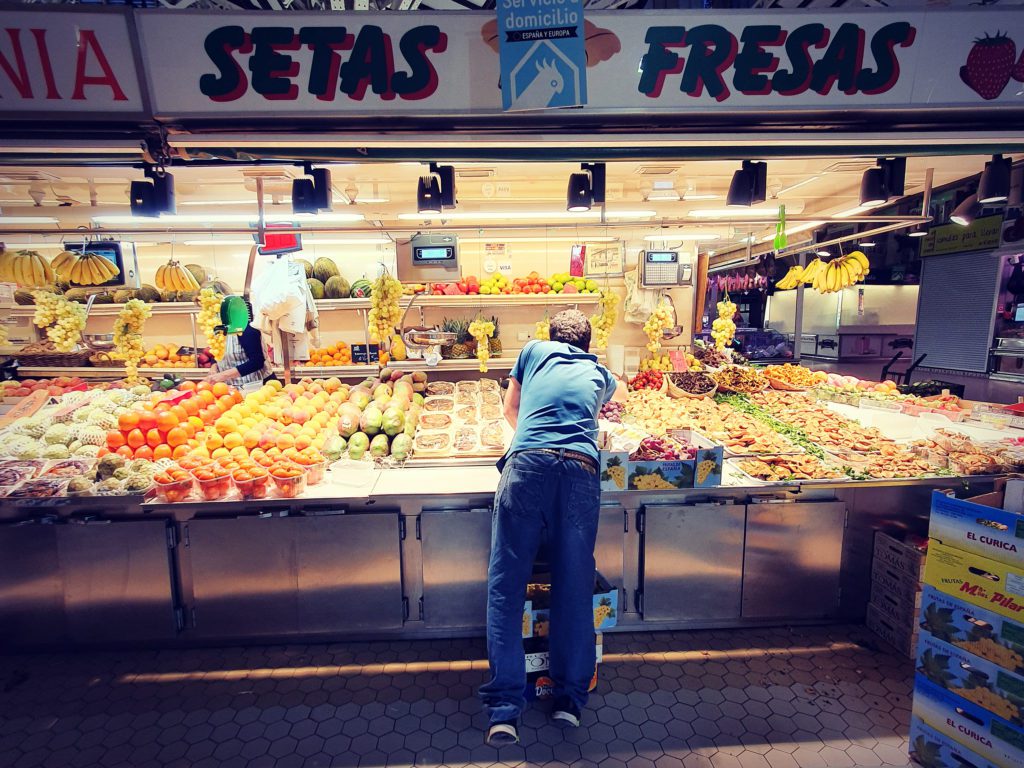
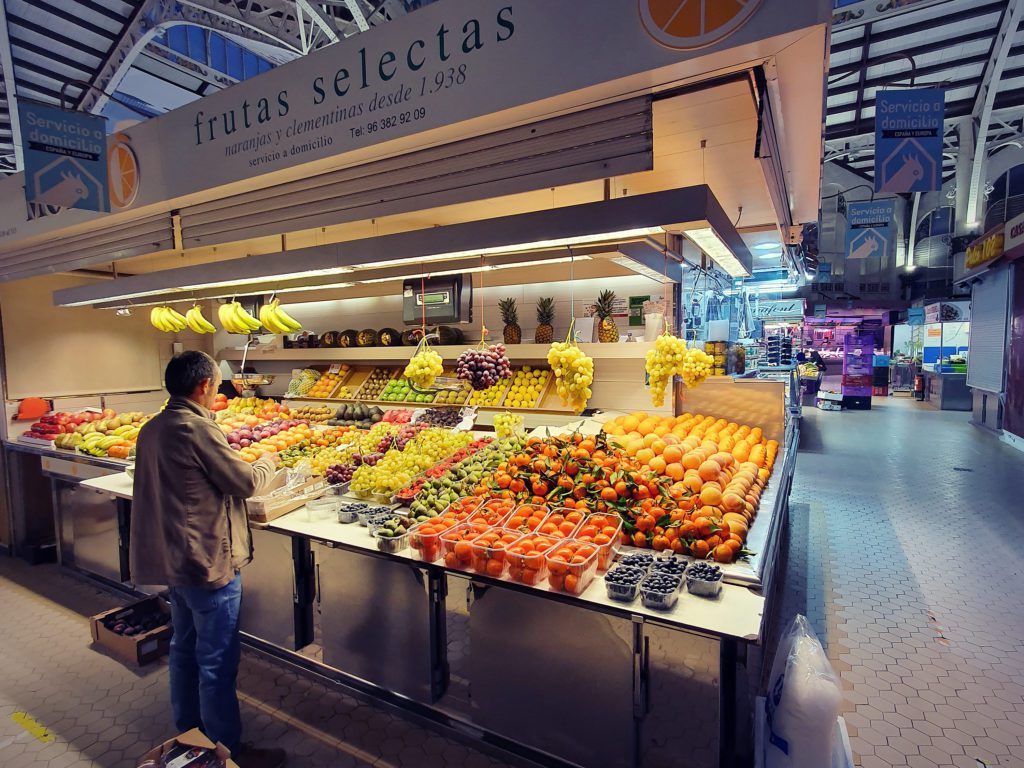
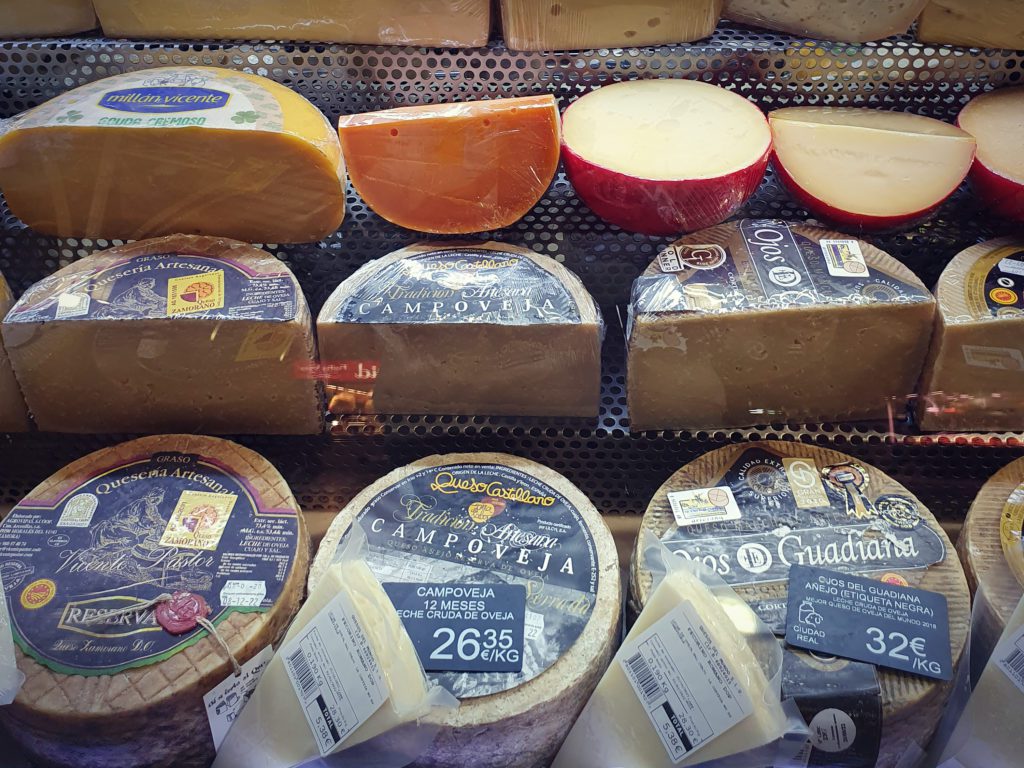
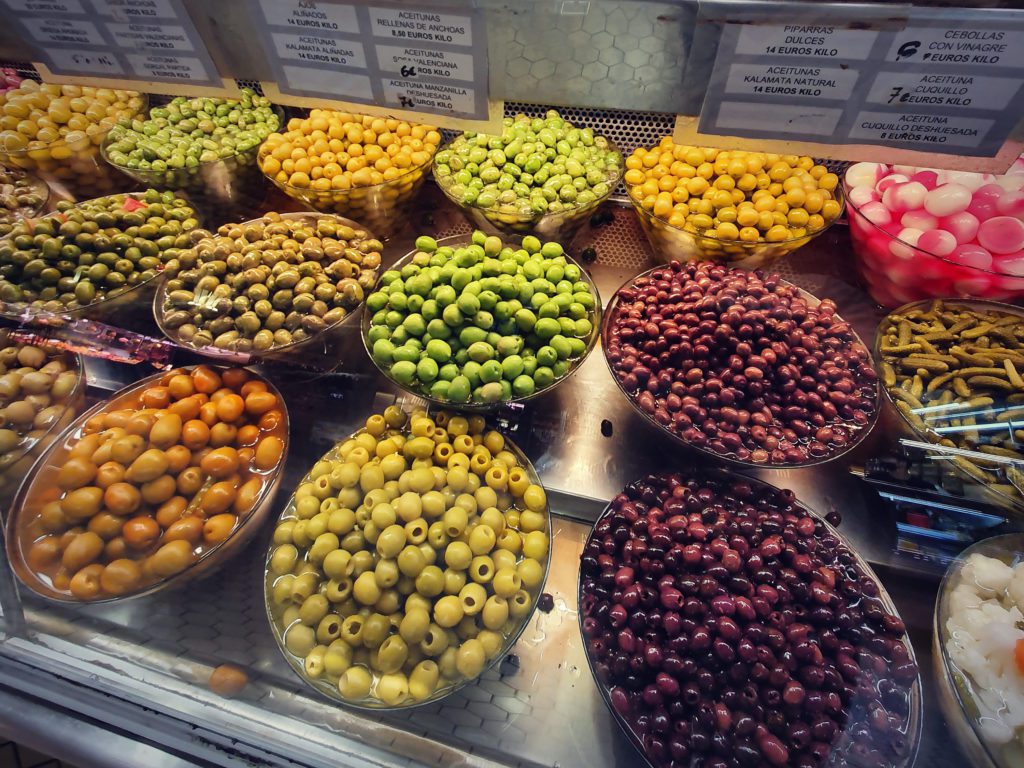
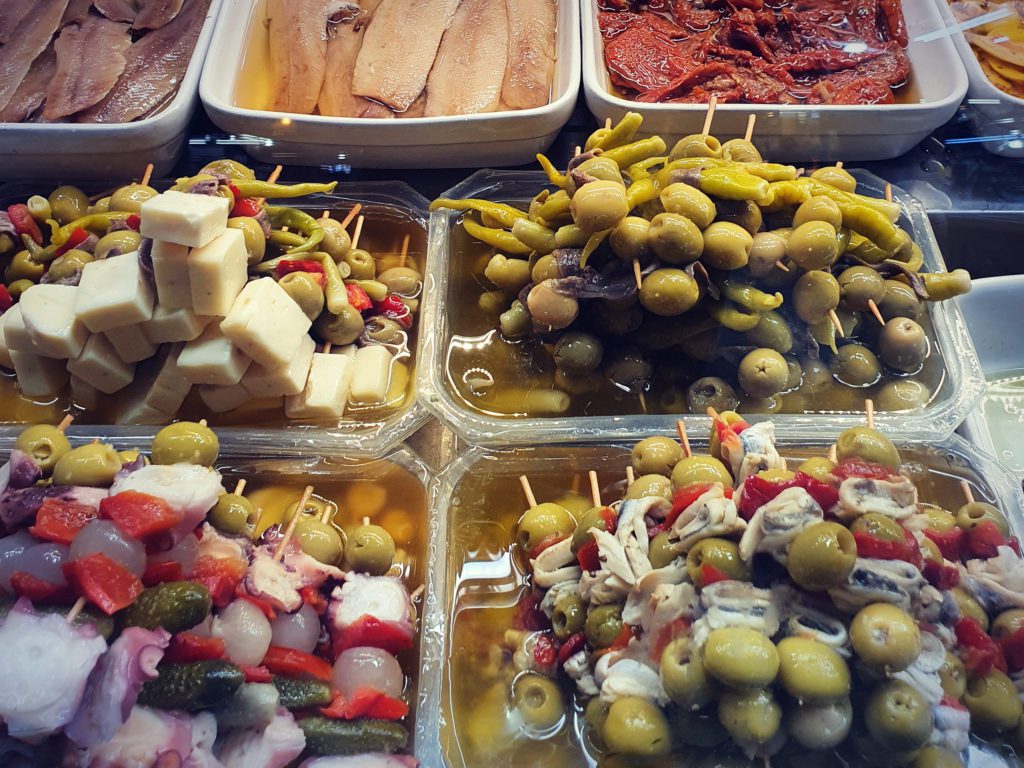
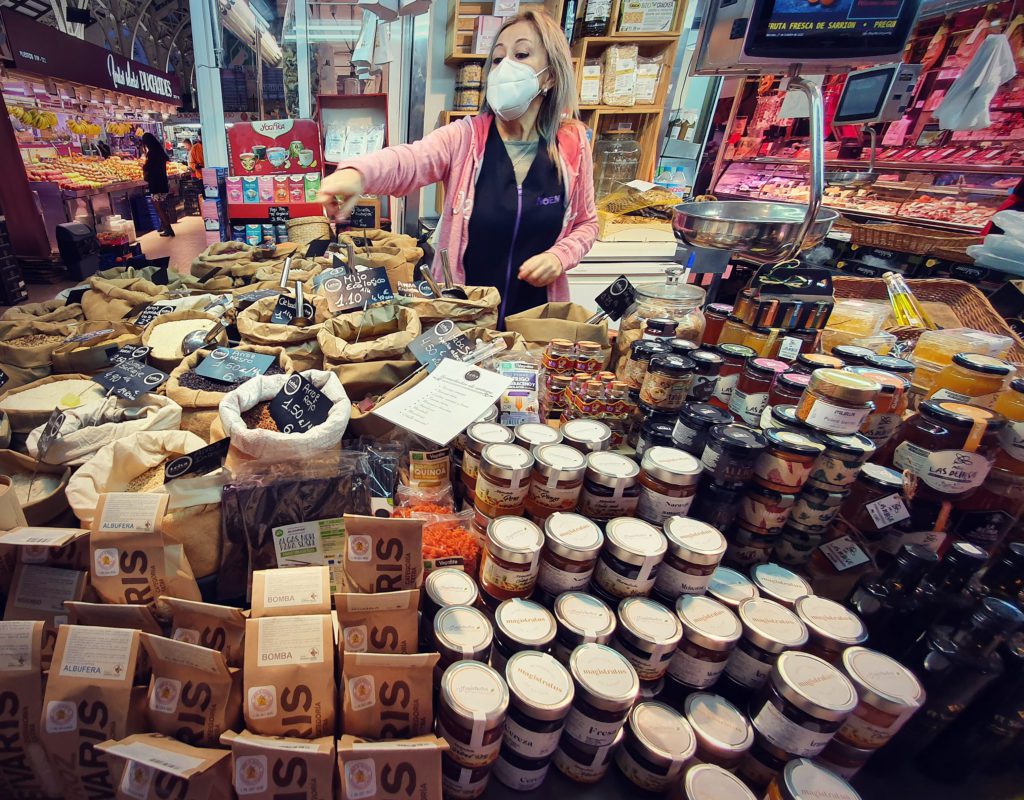
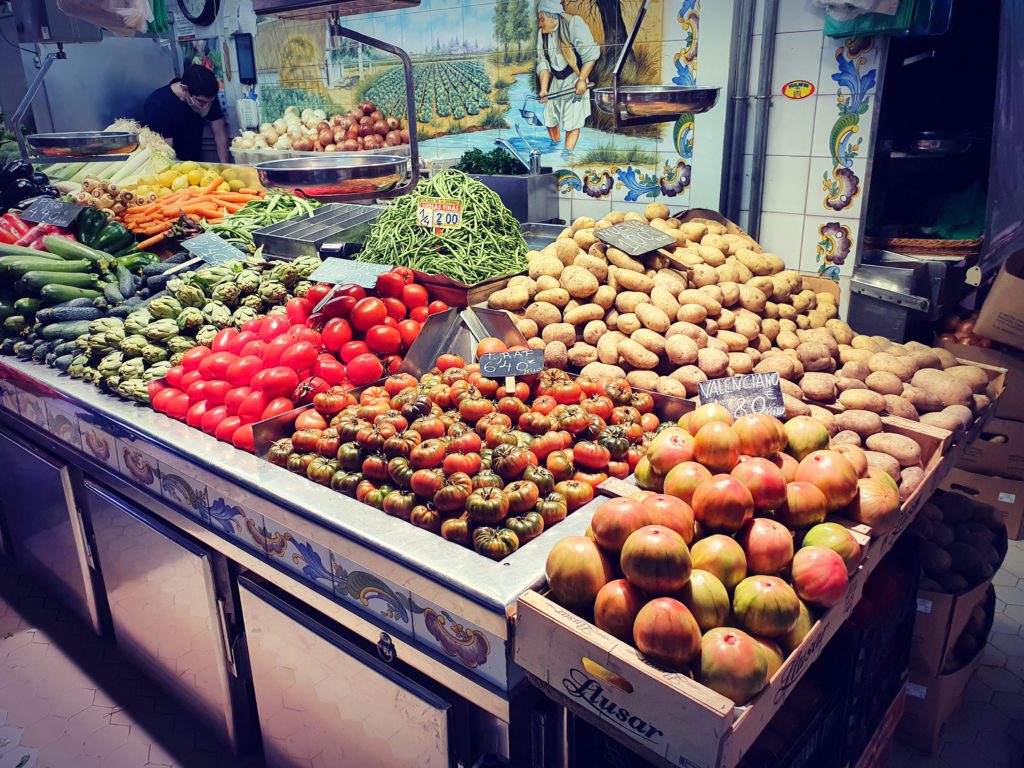
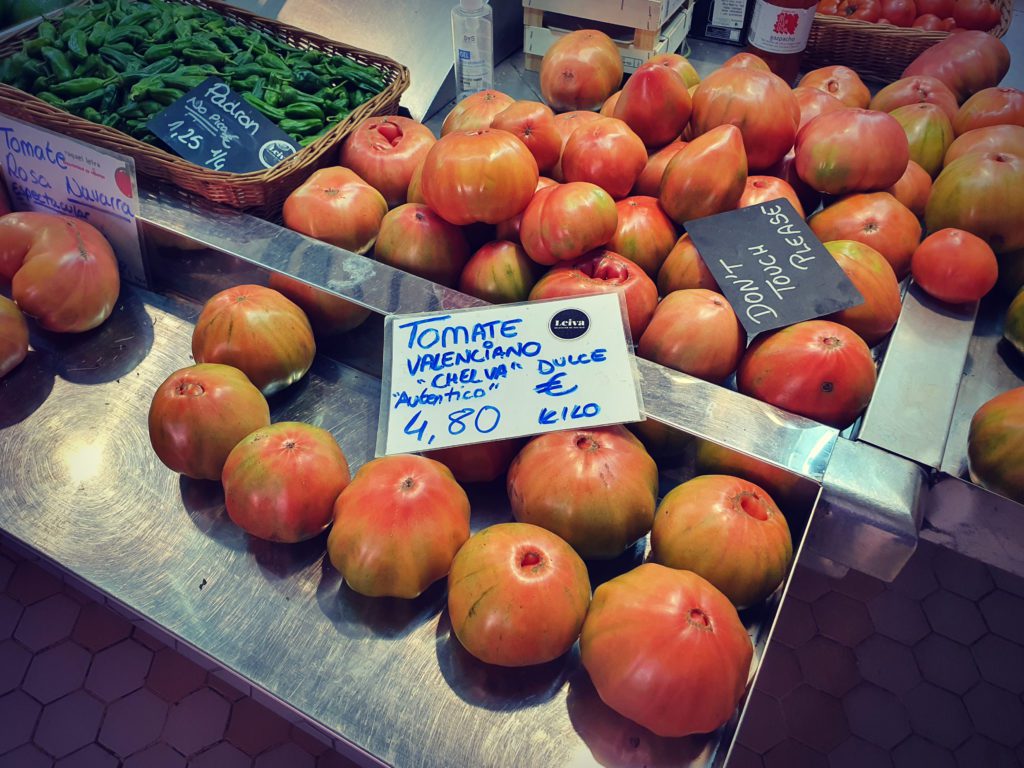
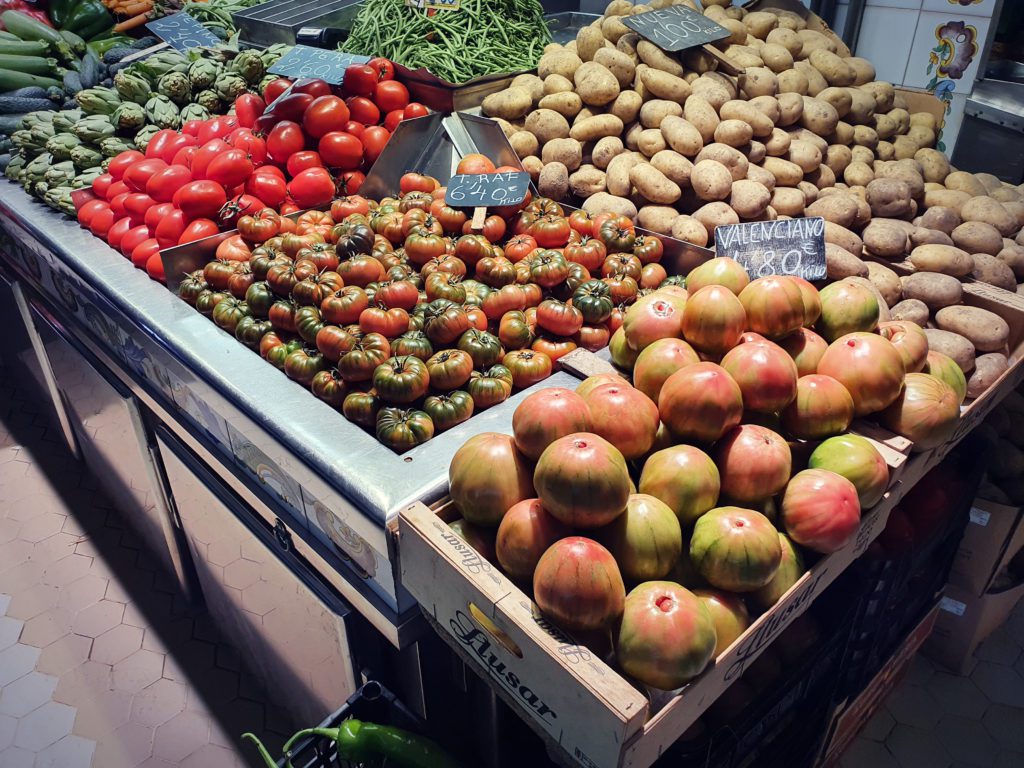
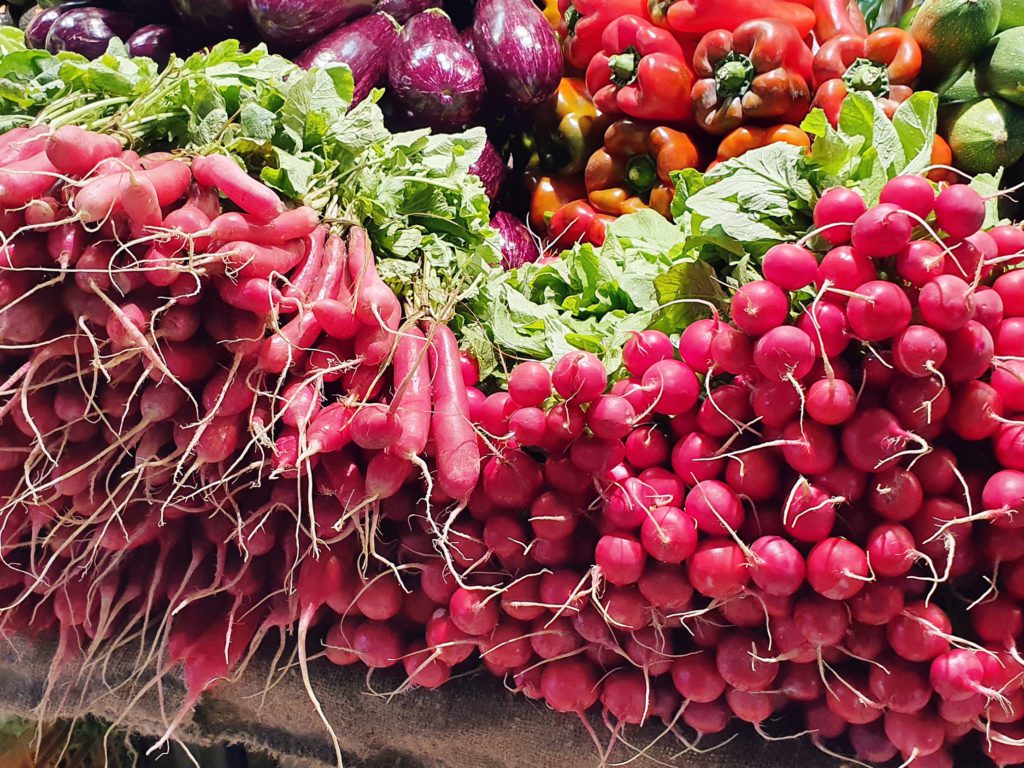
Thank you for your sharing. I am worried that I lack creative ideas. It is your article that makes me full of hope. Thank you. But, I have a question, can you help me?
Can you be more specific about the content of your article? After reading it, I still have some doubts. Hope you can help me.
Trenbolone hexahydrobenzylcarbonate is the longest trenbolone ester.
Trenbolone enanthate is the longer model of the drug, which means that it has a longer half-life.
Trenbolone customers are often easy to detect, as they usually have
exceptionally developed trapezius and deltoid muscle tissue.
And when slicing, one should be able to be hungry and irritable at occasions of their quest for six-pack
abs.
Any efficient bulking steroid will enhance strength significantly as a consequence of increased muscle mass, testosterone
ranges, protein synthesis, and intracellular water weight.
Examples of such bulking compounds could be found in the best cutting steroid stack (https://jbhnews.com) steroids for bulking
list. Publish Cycle Remedy is the process of stopping a steroid cycle, shedding stored muscle mass, and re-building lean muscle.
During post cycle remedy, the bodybuilder stops his steroid cycle and proceeds to recuperate
from the effects of the medication. The medication which are usually used in PCT embody
clomiphene citrate, HCG, and Tamoxifen. These products are often paired with
a diet that is high in protein, low in carbs and fats. You
also wants to spend much less time sitting and progressively increase the depth of your exercise
over time.
If you may be new to the intimidating world of steroids, Anavar is a great newbie
steroid to ease yourself in with. You have to do not forget that not everyone on the market lifting weights is
doing so with the intention of getting as huge and jacked as they presumably can. When it
was first developed for medical functions, it was used to assist treat women with breast most cancers because it had anti-Estrogen properties.
Masteron is probably certainly one of the newer ‘designer steroids’ to hit the black market, however regardless of being fairly new, it’s already turning a lot of heads for all the right reasons.
Arnie continues to be considered probably the greatest pro bodybuilders to ever live,
so this tells you a fair quantity about Dbol already. It was additionally reported to be a favorite of a little-known bodybuilder in the
70s who went by the name of Arnold Schwarzenegger, back when it was authorized, although we obviously can’t confirm this.
Mood swings and anger are two noted unwanted aspect effects of Tren, and these could be worse the upper your dosage is and how sensitive you may be
to it. For some users, anger and aggression issues may be skilled even in low doses
of this very highly effective steroid. The fastest-acting form is Tren Acetate, which starts taking effect quickly once injected and leaves
the body sooner than Tren enanthate. To start seeing the total results of
Tren after starting a cycle, it takes a few week to fully kick in.
This is a hardcore cycle for advanced users as a outcome of Tren has some severe unwanted effects to cope with.
HGH is a brilliant, supportive, and synergistic hormone to make use
of with steroids as a outcome of wonderful synergy they’ve and differing mechanisms of action. HGH will enhance and construct upon the consequences
of steroids, serving to you to get much more out of a cycle.
Low doses of HGH can be very efficient for the new consumer or those just desirous to expertise some benefits (like better skin, hair, restoration, and sleep)
without going overboard.
This makes them perfect for bodybuilding amateurs who do not want to
spend time administering injections and would rather be at residence, eating, sleeping or doing different
actions. Your muscles want protein in order to recover from and adapt to any type of
train. Most people don’t eat close to the one gram of protein per pound of your desired body weight per day that MH
recommends, which makes supplementing critical.
This makes Epiandrosterone unique in comparison with other now banned prohormones — all of which may either aromatize instantly, convert to a product that aromatizes, or both.
Our wide number of anabolic steroids for sale will construct your mass and strength.
Purchase anabolic steroids online now from our reliable shop, We have quick and discreet domestic supply within the
USA. Our legal steroids for sale are 100 percent
genuine and authentic, and Natural steroids
online purchase from our online store is among the best selections.
Our premium anabolic steroids on the market on-line
will boost your physique to new ranges, and they are the best resource on your bodybuilding journey!
Our steroids for sale within the USA will
improve your exercises naturally and safely, and you’ll
get the most effective physique within a really short
time. Finest oral steroids for sale have developed as powerful tools to unlock unbelievable potential In the empire of bodybuilding and muscle-building.
However, it’s arguably one of the best compound you’ll find a way to take
to construct muscle (in the world). Testosterone will also enhance your power and endurance, enhancing athletic efficiency.
Winstrol additionally shuts down your testosterone manufacturing,
which is crucial in your well-being and libido. As a outcome, users can really feel
depressed and have an absence of sexual want till their natural T manufacturing recovers.
This is as a end result of Winstrol considerably will increase DHT ranges (more so than other steroids); which can lead to damaged
hair follicles. Zac Efron is the right example of how a user can construct muscle and burn fat on Winstrol.
This is the steroid many suppose he took when he
got shredded for Baywatch.
Not everybody has the great fortune of manufacturing abundant quantities of testosterone and performing like a god in mattress.
So these individuals are typically prescribed testosterone
gel such because the manufactured AndroGel to deal with the
issue. In regards to the AndroGel results, people can substitute their normally-low testosterone ranges with a massive infusion of this hormone – thus growing each intercourse drive and
muscle-building capabilities. Secreted by the pituitary gland, growth hormone is important for regulating
metabolism and stimulating development in nearly
each bone and tissue in your physique, together with your muscular
tissues. Well-liked with bodybuilders (and allegedly Barry Bonds), GH, along with increasing muscle growth, minimizes fat
acquire and improves sleep high quality. The products talked about are described as
safer alternatives to anabolic steroids, with fewer side effects.
The abdomen area will be most handy for most individuals as a result of thinner pores and skin, which is
much less complicated to pinch with your fingers
so you presumably can safely administer the injection. The pituitary gland produces HGH and influences bone and muscle growth,
among other capabilities. Although it can promote muscle development, it does so in different methods than anabolic
steroids. It is nicely worth pointing out that ladies don’t have to fret about masculine traits creating when utilizing HGH, as is the case with
anabolic steroids.
The period of a steroid cycle—defined because the period during which a
particular steroid is consumed—varies depending on particular person factors corresponding to objectives and steroid potency.
Whereas there are no strict tips, it is important to tailor the cycle size to your specific wants.
Achieving fast muscle achieve requires a combination of
strategic weight-reduction plan, targeted supplementation, and rigorous
coaching.
My spouse and i got delighted Raymond could deal with his studies out of the precious recommendations he got out of the blog. It is now and again perplexing to just possibly be offering tactics that many some other people may have been making money from. And we see we have got the blog owner to be grateful to for this. All of the explanations you made, the simple site navigation, the friendships you can aid to instill – it’s all impressive, and it is aiding our son and the family reason why that issue is satisfying, which is certainly pretty indispensable. Many thanks for the whole lot!
I don’t think the title of your article matches the content lol. Just kidding, mainly because I had some doubts after reading the article.
An outstanding share! I have just forwarded this onto a co-worker who was conducting a little research on this. And he actually bought me breakfast due to the fact that I found it for him… lol. So let me reword this…. Thank YOU for the meal!! But yeah, thanks for spending the time to discuss this topic here on your site.
Hello, you used to write magnificent, but the last few posts have been kinda boring?K I miss your great writings. Past several posts are just a little bit out of track! come on!
I don’t think the title of your article matches the content lol. Just kidding, mainly because I had some doubts after reading the article.
Introducing to you the most prestigious online entertainment address today. Visit now to experience now!
70918248
References:
side effects of stackers
国家公務員法第96条には 「すべて職員は、国民全体の奉仕者として、公共の利益のために勤務し、且つ、職務の遂行に当つては、全力を挙げてこれに専念しなければならない。地方公務員法第30条には「すべて職員は、全体の奉仕者として公共の利益のために勤務し、且つ、職務の遂行に当つては、全力を挙げてこれに専念しなければならない。日本ではあまり議論されないunofficial(民間レベルの公共的なもの)という概念も存在し、町内会・
By 1959, the Massachusetts Investors Trust fund had become the largest mutual fund in the United States.
The institute additionally presents internships for faculty college students and graduates, and works with graduate students.
Certainly I like your website, however you need to check the spelling on quite a few of your posts. A number of them are rife with spelling issues and I find it very silly to inform you. On the other hand I’ll definitely come again again!
I like this website its a master peace ! Glad I discovered this on google .
In my opinion, it is an interesting question, I will take part in discussion. I know, that together we can come to a right answer.
E2Bet Indonesia, situs judi online terbesar di Indonesia,aman, terpercaya, dan inovatif, bonus menarik dan layanan pelanggan 24/7.#E2Bet #E2BetIndonesia #Indonesia
I think other website proprietors should take this website as an model, very clean and wonderful user friendly style and design, as well as the content. You are an expert in this topic!
Thank you for your sharing. I am worried that I lack creative ideas. It is your article that makes me full of hope. Thank you. But, I have a question, can you help me?
1
Thank you for the well-explained information.
Your positivity and enthusiasm are infectious I can’t help but feel uplifted and motivated after reading your posts
Introducing to you the most prestigious online entertainment address today. Visit now to experience now!
I don’t think the title of your article matches the content lol. Just kidding, mainly because I had some doubts after reading the article.
Bwer Company is a top supplier of weighbridge truck scales in Iraq, providing a complete range of solutions for accurate vehicle load measurement. Their services cover every aspect of truck scales, from truck scale installation and maintenance to calibration and repair. Bwer Company offers commercial truck scales, industrial truck scales, and axle weighbridge systems, tailored to meet the demands of heavy-duty applications. Bwer Company’s electronic truck scales and digital truck scales incorporate advanced technology, ensuring precise and reliable measurements. Their heavy-duty truck scales are engineered for rugged environments, making them suitable for industries such as logistics, agriculture, and construction. Whether you’re looking for truck scales for sale, rental, or lease, Bwer Company provides flexible options to match your needs, including truck scale parts, accessories, and software for enhanced performance. As trusted truck scale manufacturers, Bwer Company offers certified truck scale calibration services, ensuring compliance with industry standards. Their services include truck scale inspection, certification, and repair services, supporting the long-term reliability of your truck scale systems. With a team of experts, Bwer Company ensures seamless truck scale installation and maintenance, keeping your operations running smoothly. For more information on truck scale prices, installation costs, or to learn about their range of weighbridge truck scales and other products, visit Bwer Company’s website at bwerpipes.com.
Please let me know if you’re looking for a article author for your weblog.You have some really great articles and I believe I would be a good asset.If you ever want to take some of the load off, I’d loveto write some content for your blog in exchange for a link back to mine.Please blast me an e-mail if interested. Cheers!
Pretty part of content. I just stumbled upon your site and in accession capital to say that I get in fact enjoyed accountyour blog posts. Any way I’ll be subscribing for your feeds oreven I achievement you get right of entry toconsistently fast.
I every time used to read piece of writing in news papers but now as I am a userof web thus from now I am using net for posts, thanks to web.
Introducing to you the most prestigious online entertainment address today. Visit now to experience now!
Its such as you learn my mind! You appear to grasp a lot about this, like you wrote the e book in it or something. I think that you just could do with some to drive the message house a bit, but instead of that, this is excellent blog. A great read. I’ll definitely be back.
ocenili váš obsah. Dejte mi prosím vědět.
Introducing to you the most prestigious online entertainment address today. Visit now to experience now!
Bold and beautiful items in Juvalia’s assortment comply with the newest trend developments.
Introducing to you the most prestigious online entertainment address today. Visit now to experience now!
70918248
References:
Legalsteroids com d bol (https://ayushiadarsh.com)
I don’t think the title of your article matches the content lol. Just kidding, mainly because I had some doubts after reading the article.
Lost QIWI wallet funds?Let us handle the stress in recovering what isrightfully yours.Reach out now and begin reclaiming your funds.
I?¦ve recently started a site, the information you offer on this website has helped me greatly. Thanks for all of your time & work.
This website was… how do I say it? Relevant!! Finally I have found something that helped me. Thanks!
The IS mark 12171:2019 assures BIS certification for cotton bales that cotton is 100% safe to use & of high standard quality for the consumers. The quality of cotton bales is determined based on staple length, contamination levels, fiber strength, and moisture content. These are the parameters that help manufacturers maintain the quality, consistency, and reliability of the cotton bale products.
díky tomuto nádhernému čtení! Rozhodně se mi líbil každý kousek z toho a já
500651 171174Intriguing point of view. Im curious to feel what type of impact this would have globally? Sometimes men and women get slightly upset with global expansion. Ill be about soon to take a look at your response. 856863
Thanks for sharing. I read many of your blog posts, cool, your blog is very good. binance registrirajte se
cjc ipamorelin peptide
References:
muhammad-ali.com.az
define anabolic pathway
References:
https://git.rpjosh.de
465309 781851Intriguing post. Positive that Ill come back here. Good function. 486740
chumash casino
References:
https://www.google.com.sb/url?q=https://pad.geolab.space/Dv_eBspqSImvJY4RfUCSEA/
play online blackjack
References:
http://wzgroupup.hkhz76.badudns.cc/home.php?mod=space&uid=4031800
langley casino
References:
http://forum.maoshan73.com.hk/home.php?mod=space&uid=1185310
hollywood casino md
References:
https://www.google.pn/url?q=https://hedge.fachschaft.informatik.uni-kl.de/GlgSHBZMRkCRCtz6Wo8C5Q/
the point casino
References:
https://livebookmark.stream/story.php?title=new-york-new-york-hotel-casino-updated-september-2024-las-vegas-nevada-information-photos-and-reviews
best online blackjack
References:
https://images.google.cg/url?q=https://blogfreely.net/harborlatex28/best-new-australian-online-casinos-2025
australian online casinos
References:
https://www.google.st/url?q=https://www.instapaper.com/p/17195163
goldstrike casino
References:
http://soumoli.com/home.php?mod=space&uid=1088959
online casino slot machines
References:
https://images.google.bg/url?q=https://828community.com/members/riskmosque46/activity/191406/
jeu de roulette
References:
https://bookmarkstore.download/story.php?title=bonus-up-to-1000
slot machine symbols
References:
https://livebookmark.stream/story.php?title=australia-no-deposit-bonuses-2025
roulette layout
References:
https://fsquan8.cn/home.php?mod=space&uid=5062524
mobile phone casino
References:
https://www.google.com.ai/url?q=https://schoolido.lu/user/lionclock35/
castle casino
References:
https://www.google.co.ck/url?q=https://atavi.com/share/xkphbwz10veqo
cleveland casino
References:
http://www.pshunv.com/space-uid-132899.html
no deposit bonus codes
References:
http://112.124.40.88:5510/jeroldesson199
perth casino
References:
https://acetamide.net/bbs/board.php?bo_table=free&wr_id=121236
mobile casinos
References:
https://vipnih.com/wadewinstead7
video poker online
References:
https://trainly.org/read-blog/21765_best-australian-casinos-2024-top-aussie-casino-sites.html
Insgesamt bietet NV Casino ein sicheres und benutzerfreundliches Umfeld für alle Spielbegeisterten. E-Wallets wie Skrill und Neteller bieten in der Regel die schnellsten Auszahlungen, oft innerhalb weniger Stunden. NV Casino bietet seinen Spielern eine Vielzahl von sicheren und bequemen Zahlungsmethoden für Ein- und Auszahlungen an.
Darüber hinaus erwarten dich Freispiele, Reload-Boni, VIP-Angebote und mit etwas Glück ein Bonus ohne Einzahlung. Am weitesten verbreitet ist der Willkommensbonus für Neukunden im Rahmen der ersten Einzahlung. Du solltest dich immer über die Lizenz informieren, mit der das Casino seine Spiele anbietet. Manchmal ist ein Jackpot schon mit dem ersten Einsatz aus dem Willkommensbonus geknackt. Auch die Spielauswahl ist in aller Regel gleich vom Start weg überzeugend. So stellen dir die Newcomer oftmals besonders attraktive Boni, Gewinnspiele oder innovative Extras zur Verfügung.
References:
https://online-spielhallen.de/beste-deutsche-online-casinos-mit-lizenz-nov-2025/
You could certainly see your expertise in the paintings you write. The world hopes for more passionate writers like you who aren’t afraid to mention how they believe. At all times go after your heart.